[ad_1]
Estimated reading time: 7 minutes
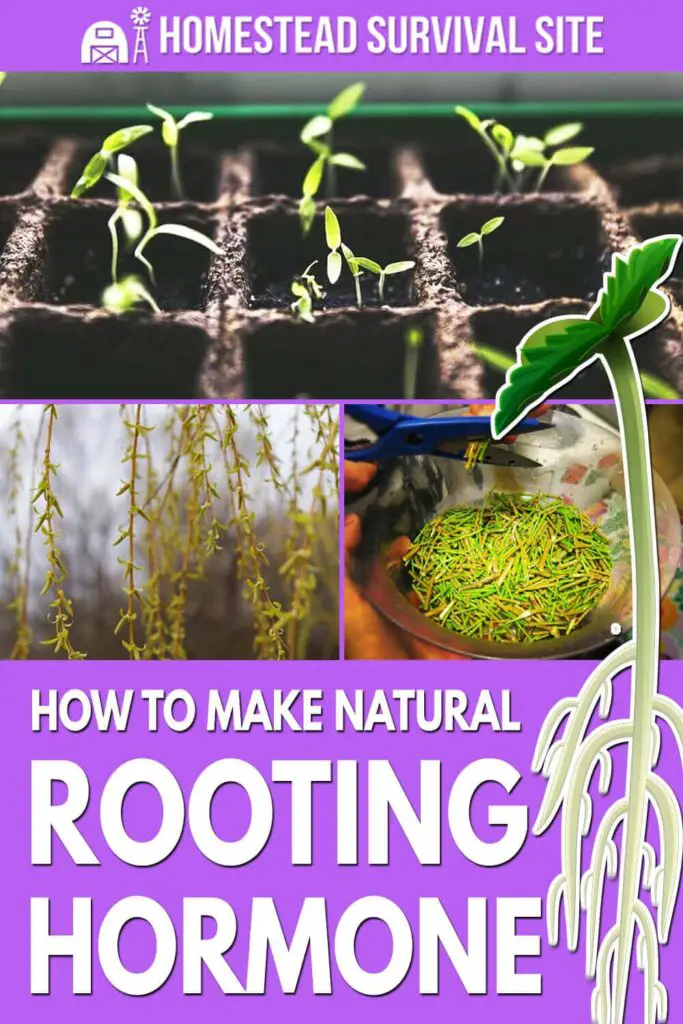
The fastest way to generate a ton of plants is to sow a ton of seeds, but cuttings offer a shortcut to more mature, larger, genetically-predictable plants in a hurry. Except sometimes that shortcut feels like it takes a looooong time to happen.
Getting cuttings to root readily is both an art and a science, and in large commercial greenhouses, it’s an industry. While manufactured synthetic rooting hormones are an industry standard, there are a few organic options you can use as alternatives.
Read on to learn the basic principles of what rooting hormones do, how they work, and how you can make some of your own.
Want to save this post for later? Click Here to Pin It On Pinterest!
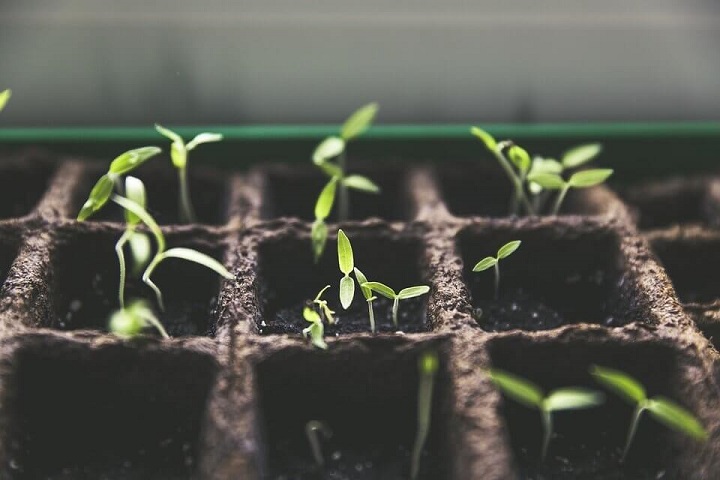
What is a Rooting Hormone and How Does it Work?
Things are going to get a little technical, so bear with me here. All plants contain a natural rooting hormone: auxin, also known as IAA or indole-3-acetic acid. When a plant stem (or leaf) gets broken, the rooting hormones get to work stimulating root growth wherever the ruptured plant has made contact with soil—in an attempt to keep the plant alive.
This is why we can use stem cuttings of plants to generate more (free) plants. But some plants are trickier to get to root than others. One way of ensuring success is using rooting hormones to encourage root development.
Synthetic rooting hormones contain either synthetic auxin (aka IBA or indolebutyric acid) or NAA (naphthalene acetic acid) along with a fungicide. Professional cultivators dip fresh cuttings into the hormones before placing them into a growing medium to speed up rooting and increase the likelihood of success.
They may be effective, but these products are also potentially toxic to animals, can cause skin irritation, and are definitely not considered organic. This is why so many folks swear by homemade rooting hormone concoctions.

How NOT to Make Homemade Rooting Hormone
There are only a couple of verifiably effective natural DIY rooting hormones, but before we get to them, let’s cover some of the “rooting hormone” recipes that are not actually rooting hormones, even if some folks swear they work.
Aspirin Rooting Hormone
The active ingredient in Aspirin, salicylic acid, plays a role in plant development, growth, and more. However, it has no bearing on root growth and is only anecdotally considered effective.
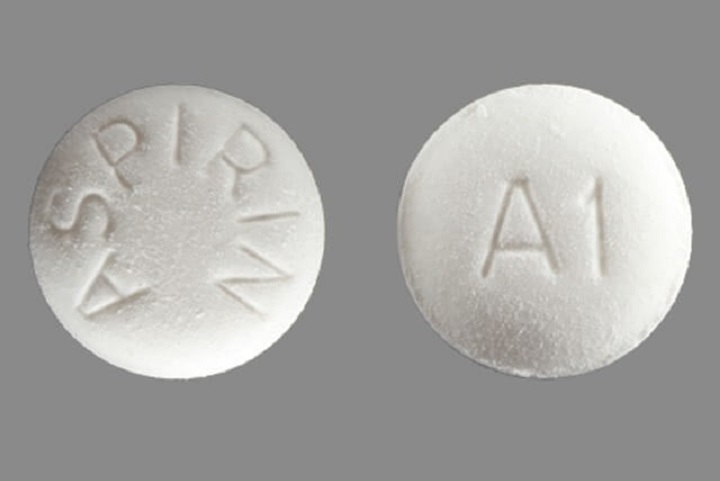
Cinnamon Rooting Hormones
This claim is problematic for numerous reasons, beginning with the simple fact that most cinnamon sold in North America is not true cinnamon. Beyond that, cinnamon is a powerful antifungal, which means that it may be able to increase the odds of a cutting developing roots and thriving.
Honey Rooting Hormones
Many people claim that using honey on your cuttings will stimulate root growth. It won’t. However, honey has well-documented antiseptic and antifungal properties, and the top issues that prevent cuttings from rooting are in fact…bacteria and fungus! So, honey may be an effective countermeasure, giving it the illusion of stimulating root growth.
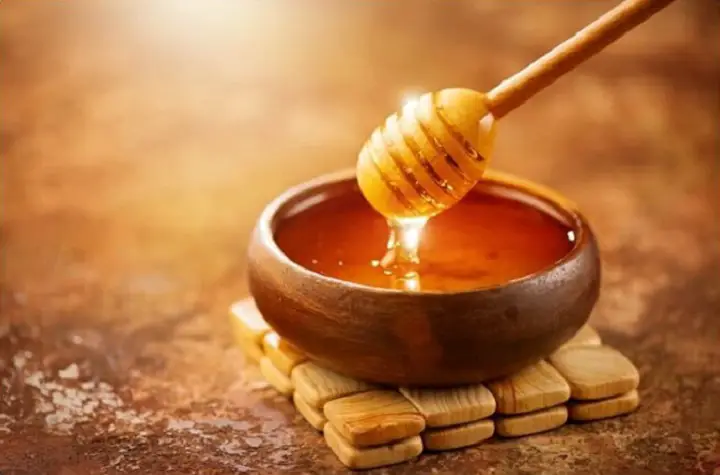
Vinegar Rooting Hormones
Without going in depth here, let it be known that there are zero rooting hormones in apple cider vinegar or any other type of vinegar. The only reason why vinegar (in a very dilute concentration) might have any positive effect on propagation is that its antibacterial and antifungal effect may keep cuttings sterile.
How to Make Natural Rooting Hormone
For a natural, organic way to stimulate root growth in your cuttings, there are a few reliably useful homemade solutions.
Aloe Vera Rooting Hormone
Because it is a plant, aloe naturally contains rooting hormones as well as minerals, nutrients, and other beneficial elements that encourage plant growth. However, buying a bottled aloe vera gel is not going to work as commercial gel has been heavily processed.
To use aloe vera to help root cuttings, simply take an aloe leaf, cut it open, and apply the juicy, gel-like flesh to about an inch of your cut stem before placing it into a growth medium. In addition to being ridiculously easy, this natural rooting hormone has been tested in clinical settings and shown to be effective.
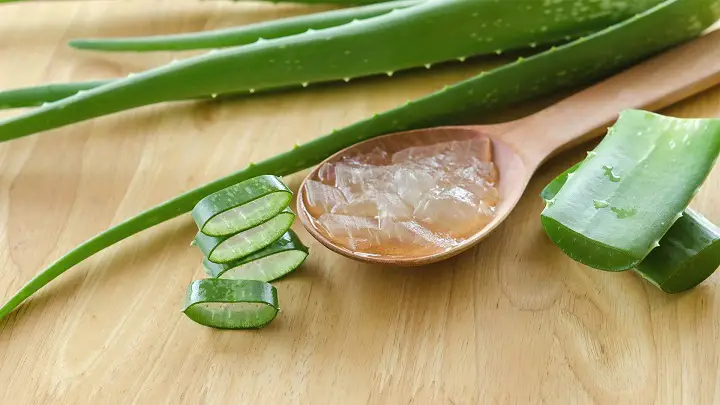
Coconut Water Rooting Hormones
If you think about it, a coconut is basically a giant seed. So it stands to reason that the water inside a coconut—rich in auxin and cytokinins—would make an effective natural rooting hormone. This is a method that has been scientifically tested and proven to work.
To make coconut water rooting hormone, you’ll need a fresh coconut. Sorry to break it to you, but bottled coconut water has been filtered and pasteurized and is unlikely to be able to help you much.
To turn a coconut into a rooting hormone factory, drill out a couple of holes in the husk and pour the water out into a bowl or jar. Dip the cut ends of the plants you are propagating into the coconut water and swirl them around to get good coverage. Finally, place them into the growing medium.
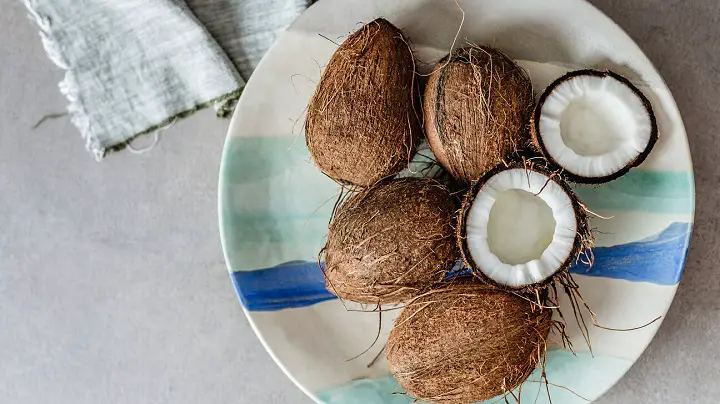
Seaweed Extract Rooting Hormones
Seaweed fertilisers are a celebrated fertilizer and soil amendment, having been used extensively in agriculture for many decades. Recent studies have revealed that these deep-sea extracts contain auxins, cytokinins, gibberellins, and abscisic acid—all different types of plant hormones.
To make a rooting hormone solution with seaweed extract, dilute as instructed for fertilization and let the cut stems soak in the solution as you prepare their growing media. Once you have placed the stems in, water the containers with the solution.
Willow Water

Willows are notoriously easy to root, thanks to an abundance of natural rooting hormones. Willow water is probably the most celebrated of natural rooting hormones.
To create your own, first harvest some fresh, young willow stems. Use only first-year growth with green or yellow bark. Strip off the leaves then cut the stems into small pieces, 1” or shorter. Place in a jar and cover with just enough boiling water to cover the twigs. Leave the steps steeping for up to 24 hours, until the liquid is greenish-yellow, like tea. Strain the liquid into a clean jar and refrigerate until you’re ready to use it.
To use, simply make your cuttings and then let the cut stems soak in the liquid for an hour or so before planting them.
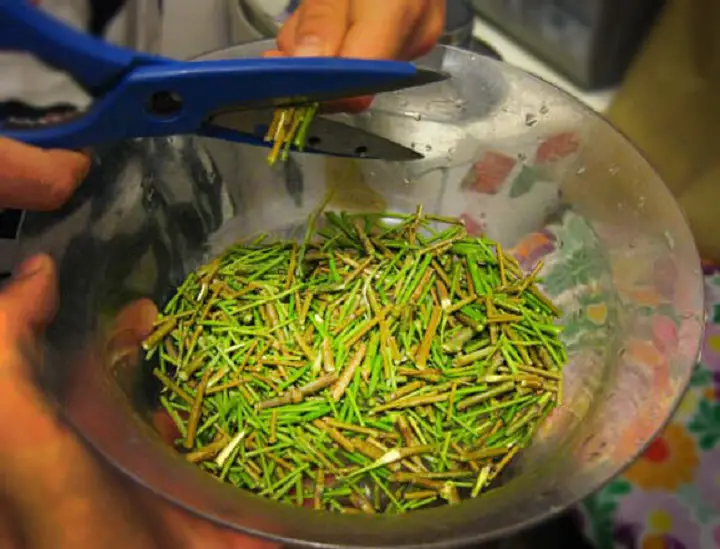
Conclusion
The good news is that many plants will root readily without any special assistance. The bad news is that woody-stemmed plants can be much more difficult to propagate. If you’re ready to give your cuttings a boost without resorting to methods cooked up in a lab, then natural rooting hormones are for you.
Like this post? Don’t Forget to Pin It On Pinterest!
Up Next:
[ad_2]
Source link
Get more stuff like this
in your inbox
Don't Be Left Unprepared
Thank you for subscribing.
Something went wrong.



